| Author |
 Topic Topic  |
|
|
Sahim
 
15 Posts |
 Posted - 08/17/2025 : 23:57:33 Posted - 08/17/2025 : 23:57:33


|
I have a GMC-600+ device.
1. Why divide and multiply by 2? For what purpose is this done?
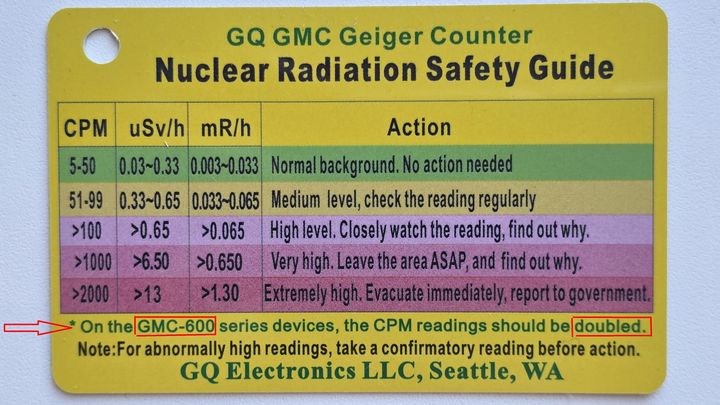
2. Which is correct: the readings of the GMC-600+ device are incorrect but all other models are correct, or is it the other way around?

3. World map with real-time radiation https://www.gmcmap.com/ - should these indicators be divided by 2 or multiplied by 2?
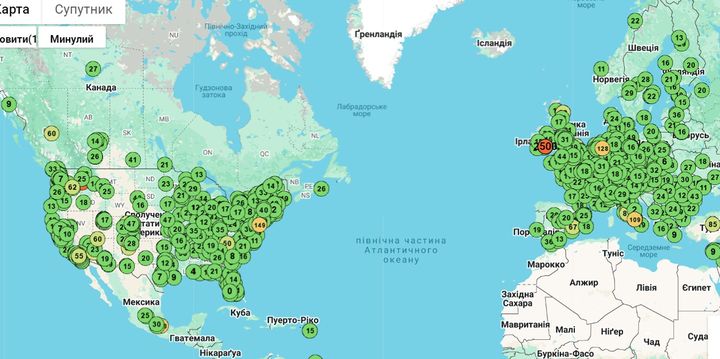
4. The GMC-600+ device shows a level of 159 CPM in a room near ceramic tiles. What is the actual radiation level: 159 CPM or 80 CPM?
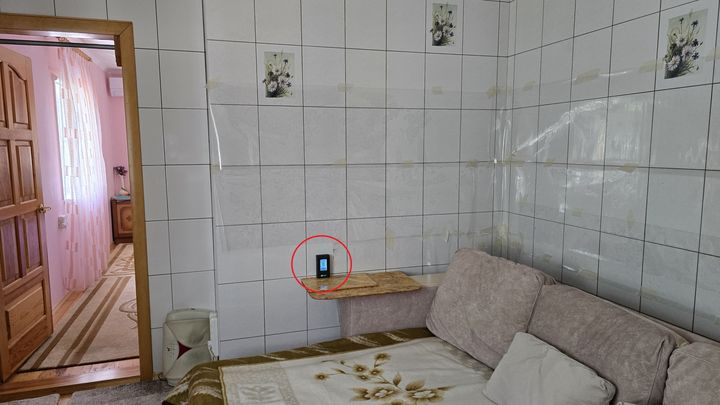
The device says: "159 CPM" -> "High". But according to the table 159/2=80 -> this is not "High" but "Average" level. So what is the level in reality, High or Average?
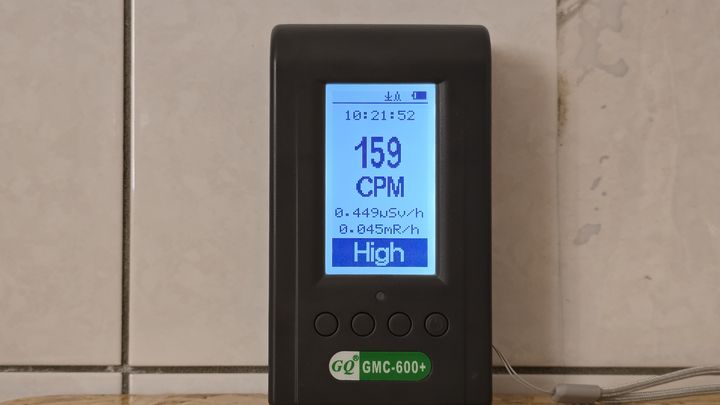
|
|
| Reply #1
Sahim
 
15 Posts |
 Posted - 08/18/2025 : 00:27:13 Posted - 08/18/2025 : 00:27:13


|
For GMC-600+:

"159CPM" --> is 80CPM or 318CPM?
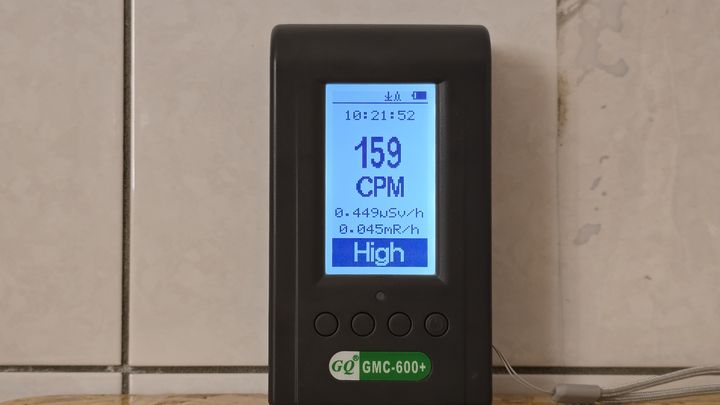 |
 |
|
| Reply #2
ullix
    
Germany
1223 Posts |
 Posted - 08/19/2025 : 00:31:41 Posted - 08/19/2025 : 00:31:41


|
The GMC-600 counter has a Geiger tube with a sensitivity of 348 CPM/(uSv/h), while the other GMC counter use various Geiger tubes, all of them declared as having a sensitivity of 154 CPM/(uSv/h). That is roughly a 2x difference.
For more details see my article "GeigerLog-Calibration Guidance" here: https://sourceforge.net/projects/geigerlog/files/Articles/
I expect the normal background measured with a GMC-600 to be in the range CPM 30...50.
The higher background you measured at your tiles is probably due to the tiles containing Potassium; nothing unusual. And if so then you do see beta emission. To which the above sensitivities do NOT(!!!) apply!
For details see my article "GeigerLog-Potty Training for Your Geiger Counter" (available at the same location).
No Geiger counter can determine whether the tiles do have Potassium. For this you need a Gamma spectrometer; e.g. a RadiaCode device https://www.radiacode.com/. |
 |
|
| Reply #3
Sahim
 
15 Posts |
 Posted - 08/19/2025 : 10:13:06 Posted - 08/19/2025 : 10:13:06


|
Thanks for the reply, ullix. My device has a Geiger tube LND 7317. I am not an expert in scientific papers. The normal background in my garden in a private house outside the big cities is 33CPM = 0.0959uSv/h.
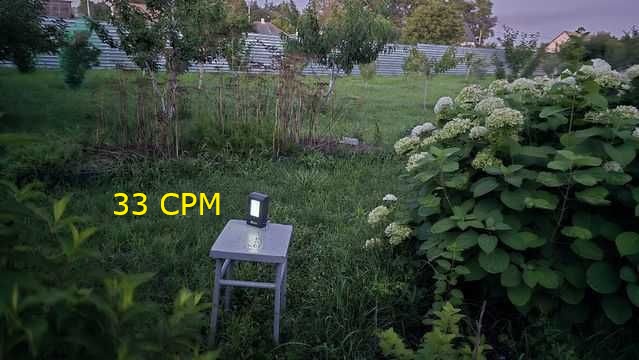
This is 40 km from the city of Kyiv, Ukraine. The average value of the device close to the ceramic tile is 121CPM = 0.3422uSv/h. If you put a sheet of plastic 3.4 mm thick between the tile and the device, the readings will be: 56CPM = 0.1585uSv/h. I believe that the plastic delays beta radiation. I plan to buy a large sheet of plastic and install it between the sofa and the tile. I believe that the tile is radioactive. You write about potassium. What does this mean? The presence of potassium is not radiation? Maybe I don't need to install the plastic?
I still don't understand: the device reading "159CPM" - does it actually mean 80CPM or 320CPM? Should I multiply or divide the reading by 2? |
 |
|
| Reply #4
ullix
    
Germany
1223 Posts |
 Posted - 08/20/2025 : 00:37:21 Posted - 08/20/2025 : 00:37:21


|
quote:
The normal background in my garden in a private house outside the big cities is 33CPM = 0.0959uSv/h.
Perfectly ok; nothing unusual going on! (btw: nice, big garden :-))
Using a plastic sheet of 3.4mm thickness is what you would have done, had you read my "Potty Training"! It indicates that the radiation from the tiles is beta (though it does not proff it). Try double or triple the size and you will see further reduction of CPM.
Potassium is a natural compound radiating 90% and 10% gamma. Gamma has an energy of 1.46 MeV - among the highest of any natural compound - and is almost not absorbed by plastic up to several centimeter. What is stopped is beta.
So, I conclude that you do have beta radiation. Then it is INVALID to report dose as uSv/h, as the conversion of CPM to uSv/h is defined ONLY for Gamma, and, more precisely, only for Gamma originating from a Cs-137 source.
Overall, nothing to worry. Enjoy your sofa next to the tiles!
|
 |
|
| Reply #5
stainless

1 Posts |
 Posted - 11/05/2025 : 13:41:00 Posted - 11/05/2025 : 13:41:00


|
I just got the GMC-600 Pro and have the same question as the OP. Why if the sensor is twice as sensitive wouldn't the software on the device correct for that? And I'm not sure I saw a direct answer to the question asked: should we divide the reading by 2? I have a reading of ~40 CPM, which is "normal"...but is it actually 20 CPM?
The card also only mentions an adjustment for CPM; is that not also needed for the other unit measurements? |
 |
|
| Reply #6
EmfDev
    
2361 Posts |
 Posted - 11/05/2025 : 15:42:00 Posted - 11/05/2025 : 15:42:00


|
Why if the sensor is twice as sensitive wouldnt the software on the device correct for that?
- Yes, in terms of ÁSv/h and mR/h. CPM is raw count and converts to dose rate. The dose rate on different devices should be in similar range.
should we divide the reading by 2? No
I have a reading of ~40 CPM, which is "normal"...but is it actually 20 CPM? No.
"On the GMC-600 series devices, the CPM readings should be doubled".
- This means: The CPM warning levels ON THE REFERENCE CARD should be doubled, when comparing GMC-600 SERIES readings.
- OK Im not sure if that makes sense but you can go to your GMC-600Pro -> Menu -> Reference guide to check the correct CPM levels to look out for.
|
 |
|
| |
 Topic Topic  |
|

